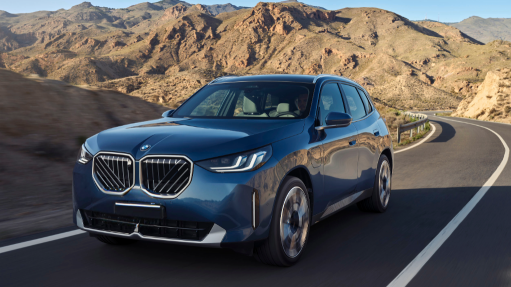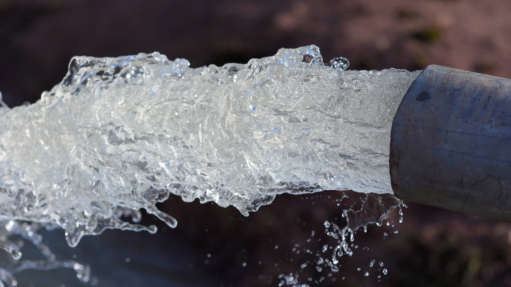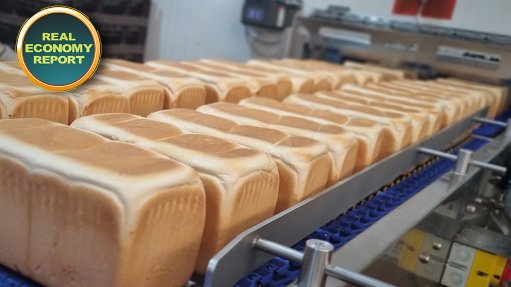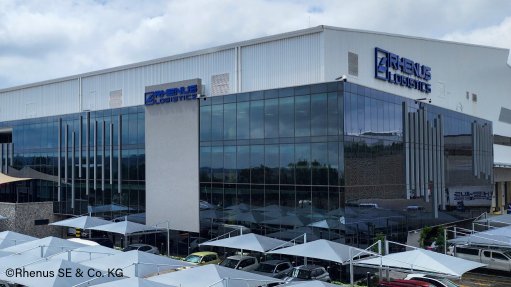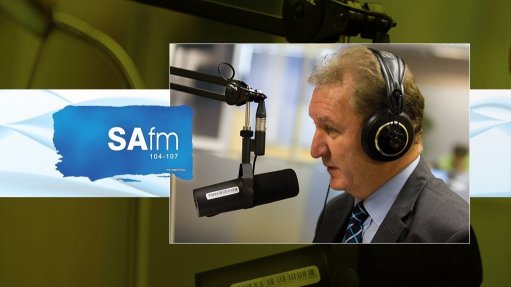Getting to grips with grade
Stainless steel is defined as a steel alloy with a minimum of 11% chromium content and performs better than ordinary steel in high temperatures and cryogenic applications, according to national distributor of stainless steel 3CR12, aluminum and special steels company Euro Steel.
Stainless steel is used where both these properties of steel and resistance to corrosion are required. Stainless steel does not corrode or rust as easily as ordinary steel.
Stainless steel contains more chromium than carbon steel and sufficient chromium to form a passive film of chromium oxide, which prevents surface corrosion and blocks corrosion from spreading into the metal’s internal structure.
The sizes of chromium atoms and their oxides are similar and they pack neatly together on the surface of the metal, forming a stable layer which is only a few atoms thick. If the metal is cut or scratched and the passive film is disrupted, more oxide will quickly form and recover the exposed surface, protecting it from oxidative corrosion. The passive film requires oxygen to self-repair, so stainless steels have poor corrosion resistance in low-oxygen and poor circulation environments.
The four main types of stainless steels are austenitic, ferritic, martensitic and duplex. These four types of steels are identified by their microstructure or predominant crystal phase.
Austenitic steels have austenite as their primary phase, face centred cubic crystal. These are alloys containing chromium and nickel (sometimes manganese and nitrogen). Austenitic steels are not hardenable by heat treatment and the most familiar stainless steel of this type is Type 304 and 316, as these grades are nonmagnetic.
Ferritic steels have ferrite (body centred cubic crystal) as their main phase. These steels contain iron and chromium. Ferritic steel is less ductile than austenitic steel and is not hardenable by heat treatment. This type of stainless steel is magnetic.
Martensitic steels are low carbon steels and may be tempered and hardened. Martensite gives steel great hardness, but it also reduces its toughness and makes it brittle, so minimal steels are fully hardened. The known characteristic is an orthorhombic martensite microstructure.
Halfway between the ferritic and austenitic stainless steels is a stainless steel type called duplex stainless steel, which is about 50% ferrite and 50% austenite. Owing to this duplex structure, this type of stainless steel is resistant to stress corrosion cracking, which can affect the austenitic stainless steels in hot waters containing chlorides. The most common duplex stainless steel is 2205 (including both S31803 and S32205) and is used in many applications.
Duplex stainless steels are inherently stronger. For example, a grade such as 2205 (which contains about 0.15% nitrogen) has over twice the yield strength of Type 316L. As a result of this, 2205 is commonly used in tanks for tankers where both strength and corrosion resistance are required.
The Euro Steel group of companies have evolved from humble beginnings into one of South Africa’s premier stockist and distributor of stainless steel, special steels, aluminium and other corrosion resisting materials. The group is predominantly situated in South Africa but has operations in neighbouring countries, all of which combine to actively service Southern Africa and beyond. Euro Steel’s vision is to remain a relevant and sustainable organisation in a rapidly changing world, where it can add value to its stakeholders and the nation as a whole.
Euro Steel’s core values are integrity, care, commitment, passion and a win-win approach to all interactions with its stakeholders. The group believes that strategic alliances and partnerships have formed the basis of much of its thinking. In spite of the group’s growth as a whole, its original philosophy of specific product focus and niche marketing will remain and is the main reason Euro Steel continues to consist of a broad spectrum of companies which trades as independent operations under various brands, each catering for its particular market sector demands.
Euro Steel are proud members of the South African Stainless Steel Development Association.
Comments
Press Office
Announcements
What's On
Subscribe to improve your user experience...
Option 1 (equivalent of R125 a month):
Receive a weekly copy of Creamer Media's Engineering News & Mining Weekly magazine
(print copy for those in South Africa and e-magazine for those outside of South Africa)
Receive daily email newsletters
Access to full search results
Access archive of magazine back copies
Access to Projects in Progress
Access to ONE Research Report of your choice in PDF format
Option 2 (equivalent of R375 a month):
All benefits from Option 1
PLUS
Access to Creamer Media's Research Channel Africa for ALL Research Reports, in PDF format, on various industrial and mining sectors
including Electricity; Water; Energy Transition; Hydrogen; Roads, Rail and Ports; Coal; Gold; Platinum; Battery Metals; etc.
Already a subscriber?
Forgotten your password?
Receive weekly copy of Creamer Media's Engineering News & Mining Weekly magazine (print copy for those in South Africa and e-magazine for those outside of South Africa)
➕
Recieve daily email newsletters
➕
Access to full search results
➕
Access archive of magazine back copies
➕
Access to Projects in Progress
➕
Access to ONE Research Report of your choice in PDF format
RESEARCH CHANNEL AFRICA
R4500 (equivalent of R375 a month)
SUBSCRIBEAll benefits from Option 1
➕
Access to Creamer Media's Research Channel Africa for ALL Research Reports on various industrial and mining sectors, in PDF format, including on:
Electricity
➕
Water
➕
Energy Transition
➕
Hydrogen
➕
Roads, Rail and Ports
➕
Coal
➕
Gold
➕
Platinum
➕
Battery Metals
➕
etc.
Receive all benefits from Option 1 or Option 2 delivered to numerous people at your company
➕
Multiple User names and Passwords for simultaneous log-ins
➕
Intranet integration access to all in your organisation






